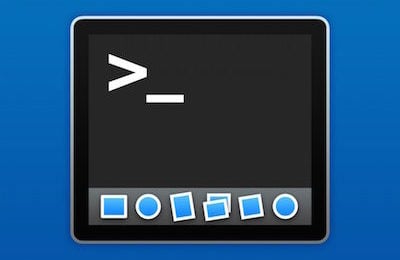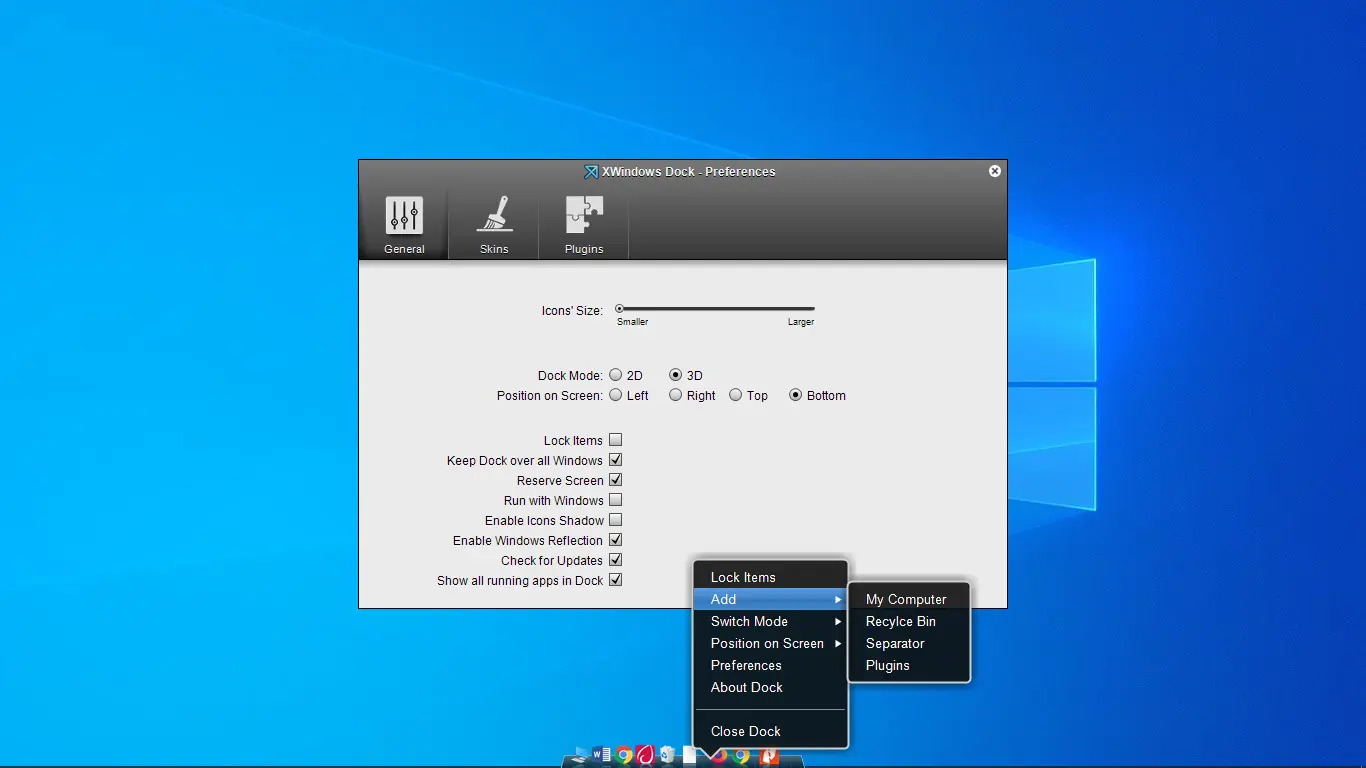

- #MAC OS DOCK REPLACEMENT INSTALL#
- #MAC OS DOCK REPLACEMENT DRIVER#
- #MAC OS DOCK REPLACEMENT WINDOWS#
Its very easy to have identical servers/applications. It is always nice to have a solid conversation.īUT having a test environment similar to your production one is simply impossible.Ĭan't agree on this one. Still doing the SQL thing though because i automate it with PS. Another solution would be to ask for a daily report.It is not that big deal to receive the backup report as well. Simple and fast (i am already doing that with Sesam, Veeam and Netbackup). With the backups themselves it depends on the administrator and how far is he willing to go.My approach to that is the following(considering that i am the sole responsible if something goes wrong):Įvery backup system has a database.All that an administrator needs is a read-only account on that database.Then with a simple SQL query you can see if there is a succesfull backup for your servers.
#MAC OS DOCK REPLACEMENT INSTALL#
"Their" pre-prod is valuable even more than the live one.and you should treat it like the production one as well :-/ I would also like to mention that sometimes the pre-prod environment does not exist in the corporate Network.More than 50% of the applications that run on our Servers come directly from external partners that just install them and update them without even sometimes letting you know.Imagine how difficult it is to keep track of the documentation, changes and the automated users tasks you mentioned before. For them it is your test environment, not theirs. Ĭoncerning the pre-prod environment (when one is present), the key users also dont want to spend extra time testing the updates on your test environment. Yes some simple login tests can be automated but still you add up extra workload.multiply that by 1000+. Keep in mind that if an administrator takes that road he must also test/reconfigure/update the automation processes that he already created. Maybe it has to do with the diversity of the applications that they are already installed.

I still find it impossible to automate user tasks on a server. I guess it all comes to our experiences so far. However, RocketDock is certainly much better if you want to demonstrate to your girlfriend what a geek you are when you repair her PC. Therefore, PStart is the better option if you have many rescue tools on your USB drive. And last but not least RocketDock has no search function like PStart. Another problem is that the number of tools you can launch is limited by the size of your screen. By the way, PStart does this automatically.Ī downside of RocketDock is that it requires 12MB (PStart 780KB) which makes it a bit sluggish if you use it with a slow flash drive. replace the drive letter and the colon with "."). Thus you have to change the icon settings (by right-clicking the icon) and replace the absolute path with the relative path (e.g.
#MAC OS DOCK REPLACEMENT DRIVER#
This is a problem if you want to use RocketDock as a portable tool because you can't be sure that the driver letter is always the same.

Unfortunately, RocketDock stores the drive letter in the icon's configuration. To add new tools you have to drag their icons to the RocketDock taskbar. You should also enable "Store Settings in a Portable INI" in RocketDock's configuration. To use RocketDock on WinPE, you only have to copy the RocketDock folder to your USB drive.
#MAC OS DOCK REPLACEMENT WINDOWS#
This feature comes in handy especially if you work on Windows PE with a low screen resolution. To make the taskbar reappear you only have to move the mouse pointer to the screen edge. Useful certainly is that you can configure RocketDock to hide automatically.


 0 kommentar(er)
0 kommentar(er)
